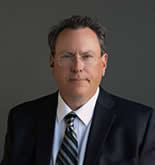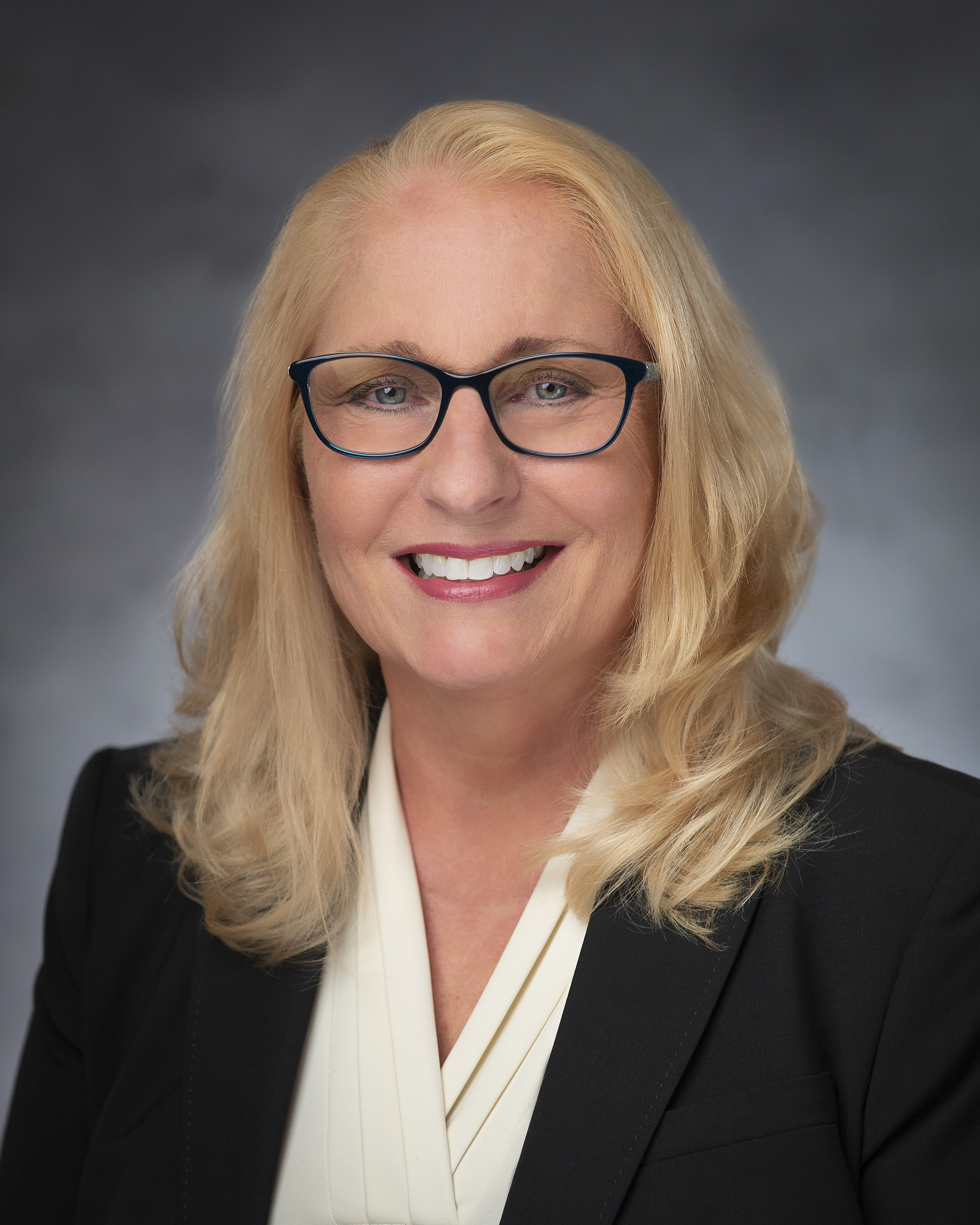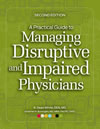4/11/2016· OSHA
"Ignorance of Safety, or No Ostrich Zone."
By: Greg Gerganoff
In the safety world hazard recognition plays a vital role in keeping your people safe from unsafe behaviors and/or conditions. Some hazards are easily recognized, for example an employee climbing up a 20 foot ladder with tools held in both hands. (This is a fall hazard by the way.) Common sense right? The safety guy who taught me safety had a great response to this attitude, "Few people have any sense (read knowledge) in common (read shared alike)". So while some safety hazards are immediately recognizable others require training to spot and avoid. Training is a key method in avoiding the "Ostrich Zone". One such hazard is Hydrogen Sulfide. You don't want to bury your head facing this hazard. (Won't do much good anyway, Hydrogen Sulfide is heavier then air!)














